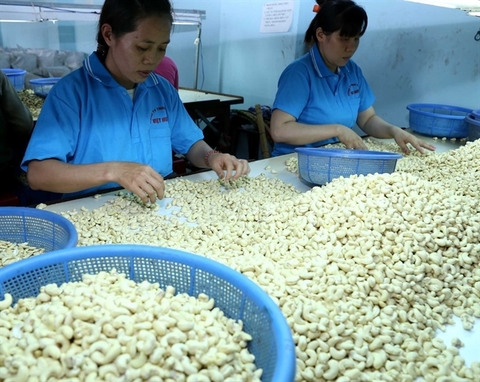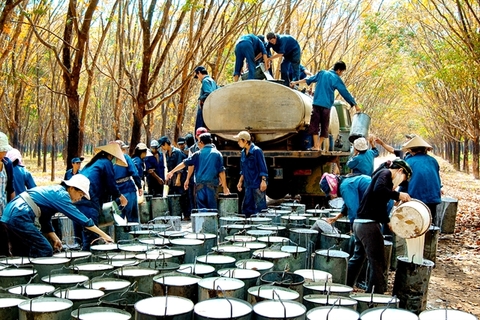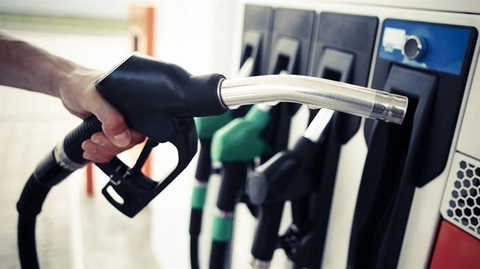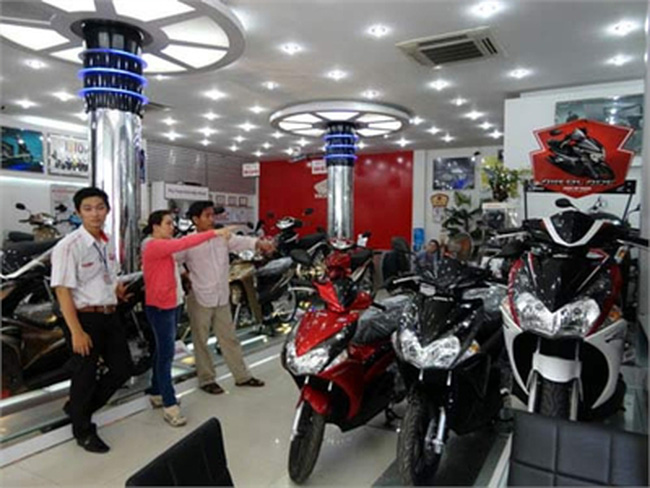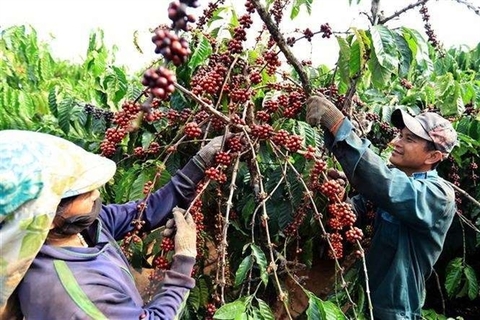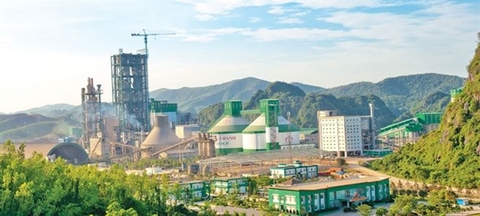Vietnam’s cement industry gearing towards sustainability
Vietnam’s cement industry gearing towards sustainability
Global Cement Magazine has ranked Vietnam one of the top five cement makers worldwide in terms of production capacity, and the country has just become the top cement exporter globally. Cement sector development, however, has been impeded by diverse problems such as loosened links among cement companies, or patchy development. Bao C. Nguyen, CEO of Fico-YTL Cement, assesses the industry’s current situation and explains how the countryt can promote its further sustainable development.
Currently, the cement industry is facing a severe imbalance in supply and demand. How can we tackle the challenge and gear the sector towards sustainable development?
In the past decade, local cement production capacity has nearly tripled from 45 million tonnes to 120 million tonnes currently, and Vietnam topped the list of the largest cement exporters last year, with an export volume surpassing 30 million tonnes, nearly twice as much as Thailand, who came second. I think that there are two main issues that are essential for the local cement industry’s sustainable development. First, it is important to clearly define long-term goals to serve the domestic market in crafting the sector’s growth trajectory to achieve the supply-demand balance target. The cement industry is characterised by an extensive use of natural resources (limestone) and energy (coal and power) while causing a threat to the environment. In the next decade, Vietnam must invest in producing an additional 300 billion kilowatt-hours, and import one billion tonnes of coal to supply power generation and production needs. The pressure on national energy security and economic development must not harm the environment, and the cement industry should consider to focus on serving the domestic market to become active in outlining suitable policies to ensure supply-demand balance.
Intensive investment into the cement sector in the past decade has resulted in a serious imbalance, with the designed capacity nearly doubling the local demand, leading to an abrupt growth in cement exports. Exports might be considered a short-term measure, but achieving supply-demand balance is more radical to optimise investment efficiency and meet sustainable development goals.
We also need to pay attention to ensuring the supply-demand balance at regional level. Meanwhile, the north is facing serious oversupply, so it is important to encourage cement firms based in the south to invest more in boosting clinker production capacity to reduce transporting clinker from the north to the south, which will minimise impacts on the environment. The second issue regards tackling the patchy development of the local cement industry. Vietnam is home to more than 60 cement plants with total production capacity of about 120 million tonnes. Meanwhile, Thailand only has five cement producers making nearly 60 million tonnes of products. In Vietnam, two-thirds of the cement production lines have an annual capacity of about one million tonnes, holding about 20 per cent of the sector’s total production. Patchy investment has led to several consequences such as low labour productivity or lower operation standards such as those on environmental protection. In this context, it is essential to implement a consistent policy to boost the sector’s competitiveness through increasing capable cement firms’ scope, striving for the sector’s sustainable development.
The cement industry has witnessed many mergers and acquisitions in recent years, but large deals were mostly conducted by foreign players. How could the sector attract foreign investment sustainably?
If we look at the current supply-demand imbalance and the still patchy development within the local cement sector, which has led to low product prices, the sector is yet to be very appealing to investors.
Most foreign players who stepped into the local cement market in recent years mostly came from Southeast Asian countries. These firms accept taking risks due to two reasons.
First, they consider outbound investments due to limited economic development prospects in their home market (Thailand), or booming demands for cement supply in their home markets (Indonesia).
Second, Vietnam’s cement industry has a bright development potential on the back of the country’s good prospect for long-term economic development and the strong expectations regarding the cement industry’s healthy growth through supply-demand balance and M&As in the sector.
Waste treatment is always a hot topic in Vietnam. How could the cement industry help in this regard?
Honestly, Vietnam’s cement industry is yet to make effective use of its very compelling waste treatment capacity. In Europe, the technology of co-processing hazardous wastes in cement kilns has become common from the 1970s. This technology has now been applied in over 70 countries and territories. In Vietnam, the technology has still seen limited application despite the sector’s actual capacity.
We hope the government and localities will soon introduce mechanisms to prioritise the application of this technology at cement kilns to help cement firms reducing their environmental footprint while boosting business efficiency.



